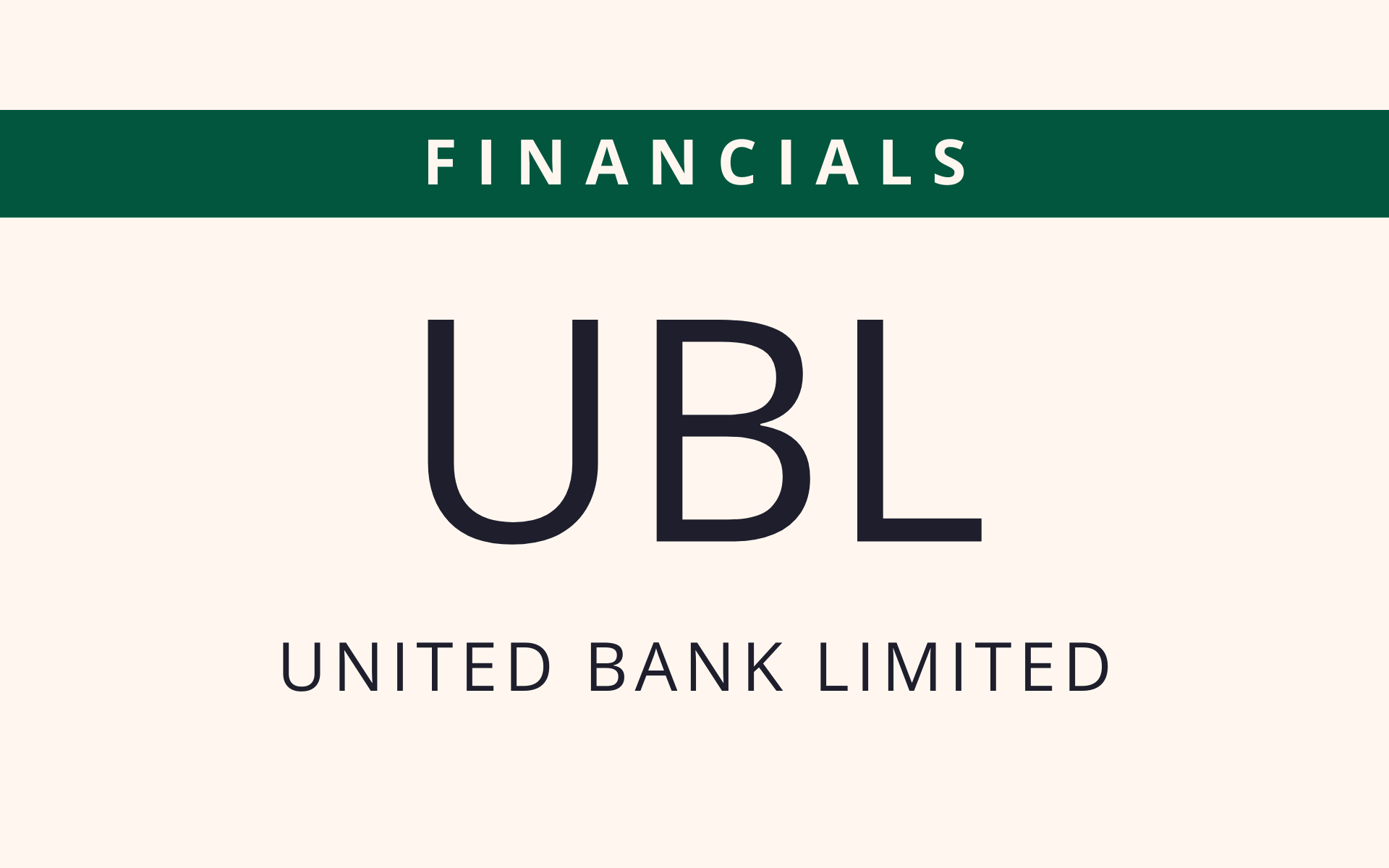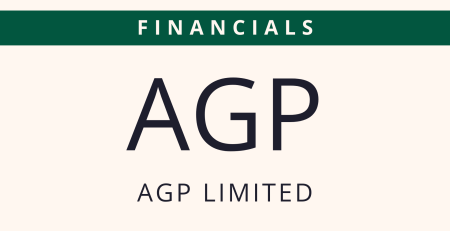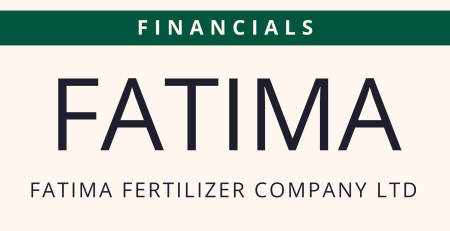Is UBL a buy after its latest earnings report?
United Bank Limited (UBL) recently released its earnings report for the second quarter of FY24, sparking interest among investors. The big question is: should you consider adding UBL to your portfolio?.
Key Financial Highlights
UBL posted a profit after tax of PKR 14,816 million, translating to an EPS of PKR 12.1 for 2QFY24. This represents a 17% increase from PKR 12,716 million in 2QFY23.
The bank’s top-line revenue surged by an impressive 173% year-over-year, reaching PKR 281,551 million, primarily driven by increased mark-up/interest income.
📢 Announcement: We're on WhatsApp – Join Us There!
Here's what you get:
- Member-Only Discussion Community
- Research Reports with Explanations & Expert Views
- Access to Exclusive KSEStocks Market Reports
- Model Portfolio with Clear Investment Rationale
- Monthly Portfolio Review & Health Check
- On-Demand Stock Coverage Requests
- PSX Facilitation (CDC Account, Share Transfer, Physical Conversion)
However, it’s worth noting that net interest income saw a decline of 22% year-over-year, settling at PKR 29,175 million.
Despite this, there was a slight 4% growth quarter-over-quarter. The decrease in NII can be attributed to higher mark-up expenses, which surged by a whopping 283% year-over-year, outpacing the growth in revenue.
Is the dividend yield appealing?
UBL announced a cash dividend of PKR 11.00 per share, consistent with previous quarters. This brings the total payout for the first half of FY24 to PKR 22.00 per share, offering a steady income stream for investors. If the same dividend is paid out for the rest of the year, the total dividend will come at Rs. 44, taking its dividend yield to 17.3% at the current share price of Rs. 254.
Don't miss:
- Which cars are driving the rally in auto stocks?
- Is DGKC going to Rs. 240?
- Why TPLP could go higher.
For those prioritizing dividend income, UBL’s consistent payouts are a positive factor.
The Impact of Provisioning and Expenses
The report also highlighted a significant increase in provisioning reversals, which helped bolster the bottom line.
Total provisions stood at PKR 644 million, marking a substantial improvement compared to a reversal of PKR 298 million in the same period last year.
Meanwhile, administrative expenses increased by 18% year-over-year, reflecting the bank’s ongoing investment in operational expansion.
Is now the right time to invest in UBL?
The bank’s strong PAT growth and consistent dividend payouts make it an attractive option for investors seeking stable returns.
However, the decline in NII and the increase in operational expenses are potential red flags.
The key factors to watch will be how UBL manages its cost structure and whether it can sustain its top-line growth amidst rising expenses.
If you’re a long-term investor with a tolerance for some risk, UBL might still be a worthwhile consideration.
⚠️ This post reflects the author’s personal opinion and is for informational purposes only. It does not constitute financial advice. Investing involves risk and should be done independently. Read full disclaimer →













Comments (2)
What effect on UBL merger SILK BANK
If UBL manages its cost structure, and continue with the same pase still be a best bank
as paying the highest dividend among the other banks.